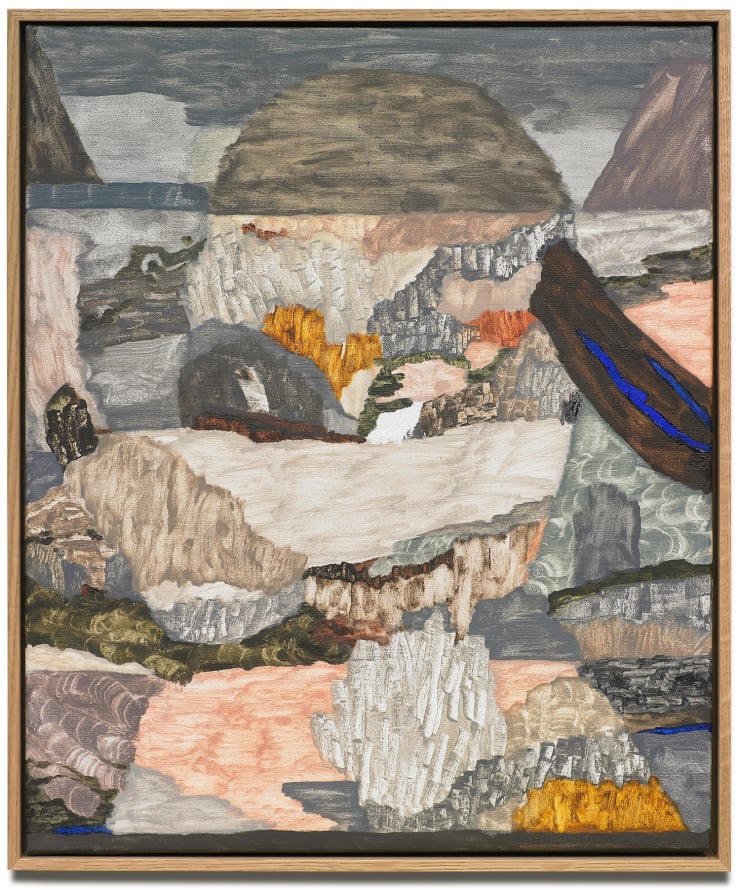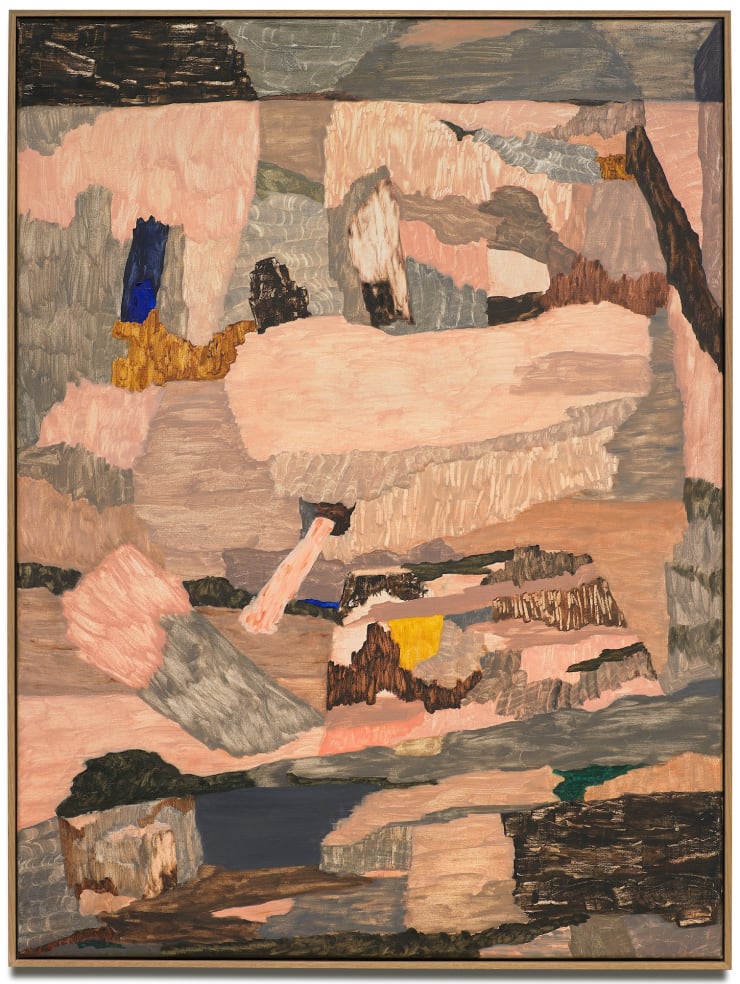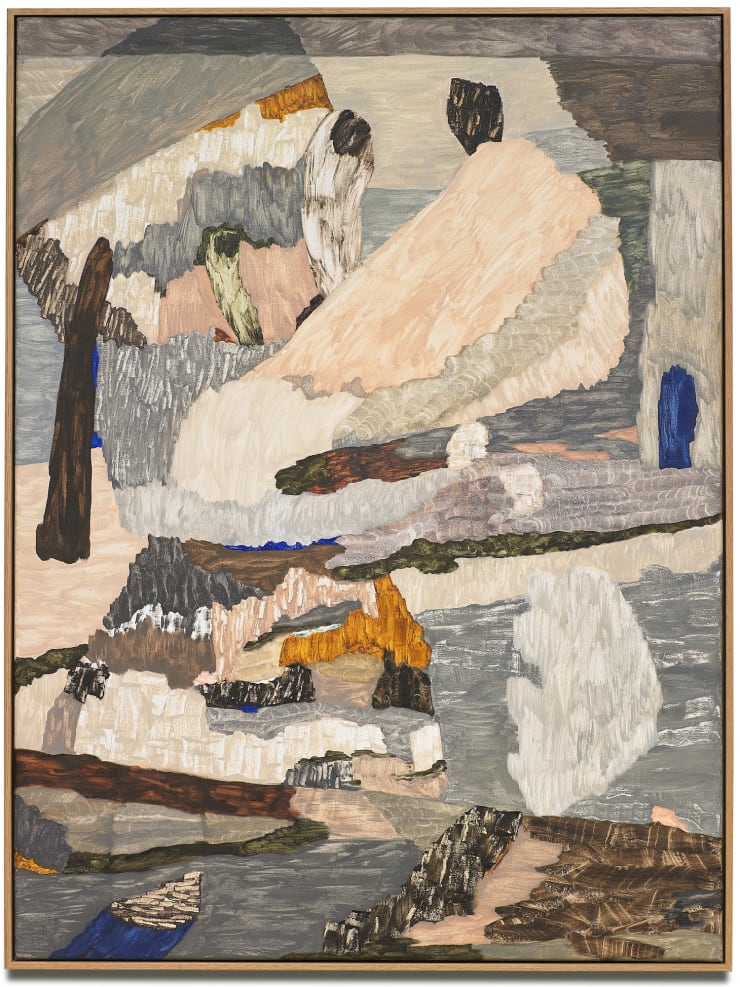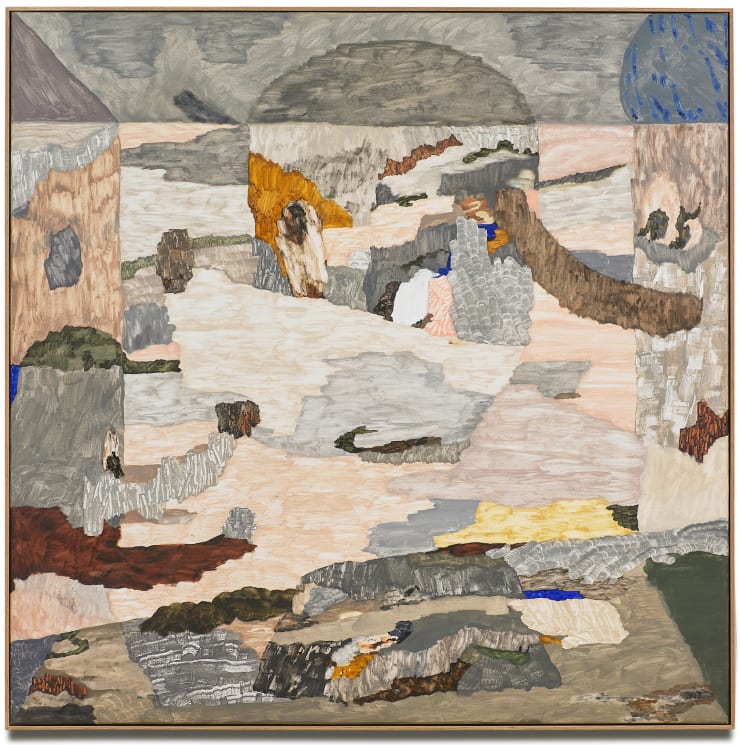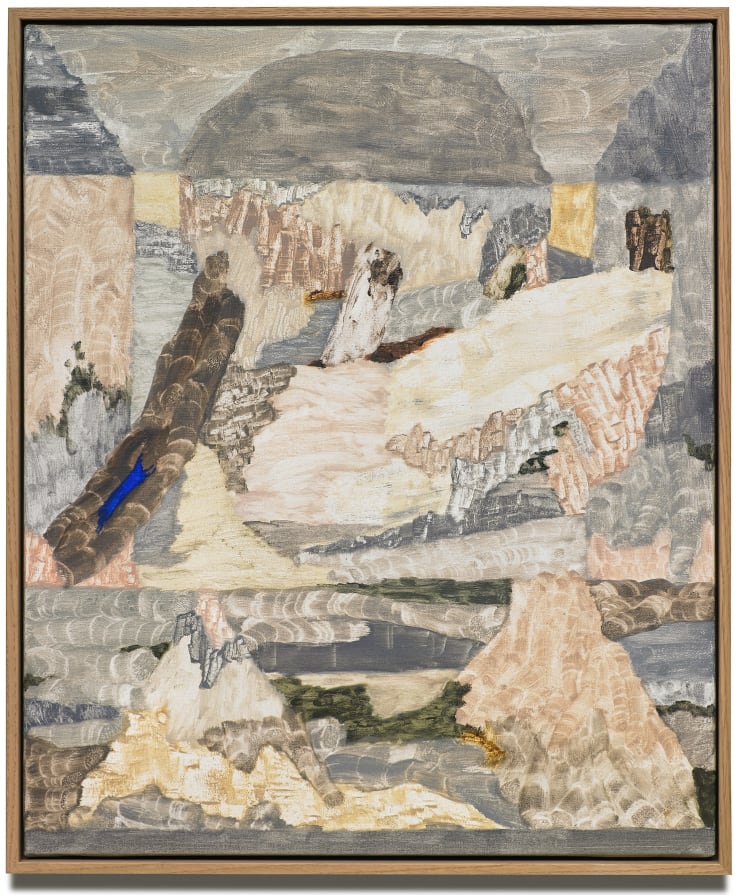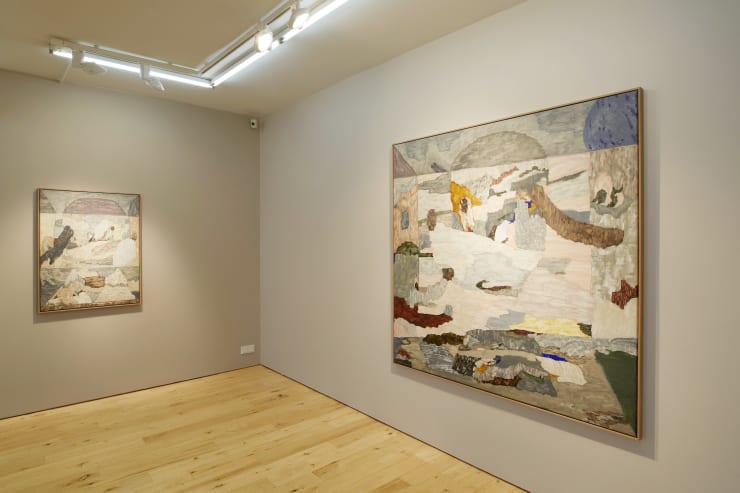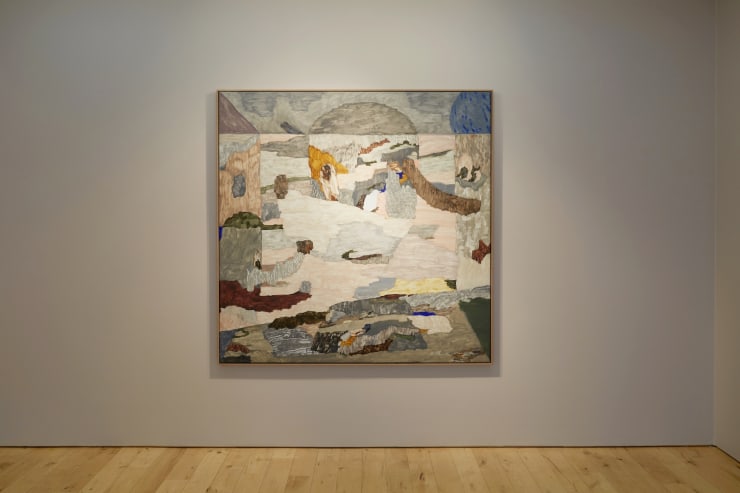It is possible to buy a beer called Hundur, the English translation being: Dog. It is in a can, with a yellow label, it is organic. If you look closer at the label you’ll see that what you thought was a pattern or some green-colored smudges are really small dogs biking around. The brewery says the reason for the name is that they think this beer shares some qualities we consider dogs to possess: it’s friendly, loyal, a little silly, maybe stupid, but dependable, sociable – they say that this beer “is a dog!” But how do we approach this thing? The reason for this beer being a dog, or that this “Dog” is a beer, is not entirely clear. Did they stretch the idea of a dog towards the idea of a beer, or did they stretch the idea of a beer towards the idea of a dog?
You can understand why they think it necessary for this thing to have a name, that it is named something. If the beer has a name like Dog, then we can create a context in which to understand what it is we are imbibing. If it did not have a name, then the brewery might be afraid that this product of theirs would lose a certain meaning or context, they could even be afraid that it might start to dissolve, or disappear, that it might turn into nothing. At the very least we can say that we would use a different category of words to talk about this thing.
Because the further away you go from physical, tangible reality and the closer you come to the undefined, intangible, abstract, to where the outlines of things disappear, the closer we come to meaninglessness, disorder – or do we? Is this beer that is called Dog more a beer or more a dog? Or are we closer to another thing, a third thing, which is not a beer and not a dog but something else? This is not a road the brewery wants to go down. In which case we can say that they want us to use certain words – simple, understandable, everyday words – to talk about this thing. That you should approach this thing in the same way you approach any other thing in your day-to-day experience of the world. That you should understand that this thing is simple, that it is thin like a layer of paint on a canvas, just a layer of paint on a canvas. Even though you see, clearly, that this thing is not only what it seems to be.

